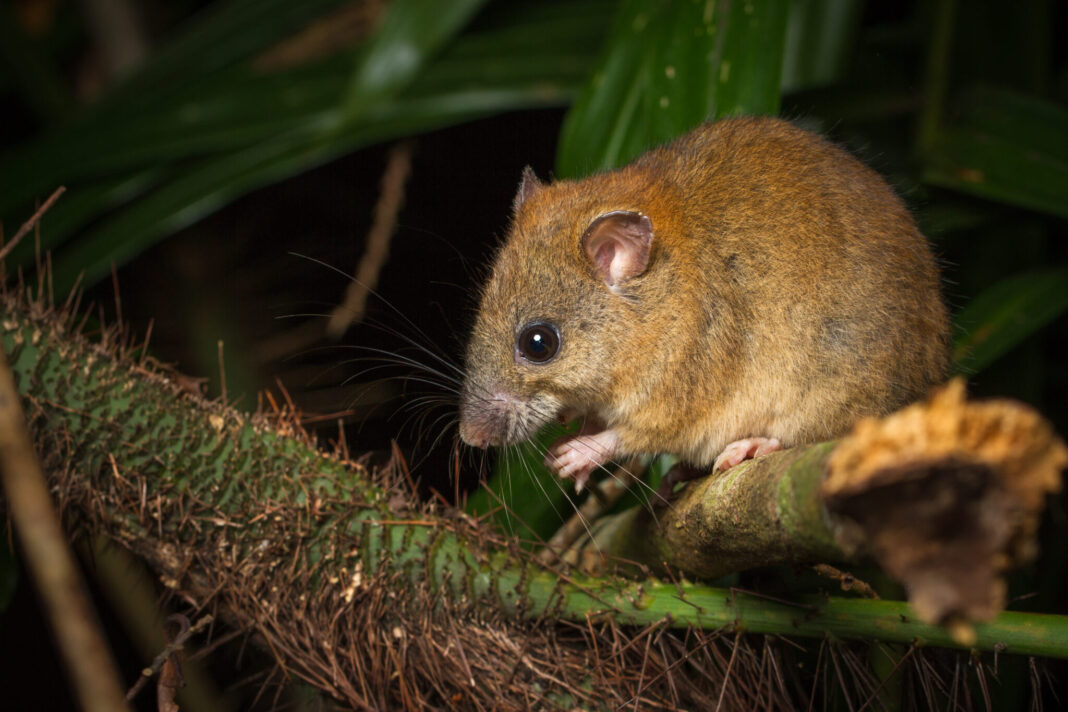Climate change is affecting almost every facet of life on the earth. According to NASA’s Goddard Institute for Space Studies (GISS), the global mean temperature has risen by 1.1oC as compared to the pre-industrial period (1850-1900). The major culprit is the burning of fossil fuels, which releases enormous amounts of carbon dioxide (CO2) into the atmosphere disrupting the natural carbon cycle. As a result, the amount of carbon dioxide in the atmosphere has been steadily increasing, leading to increased absorption of the sun’s heat by the atmosphere, termed the greenhouse effect.
But how significant is the “climate change”? How detrimental can a 1oC increase in several hundred years be to the planet? The global temperature records collected from as early as the 19th century to the present show a dramatic warming trend correlates very well with increasing CO2 concentrations in the atmosphere. However, as James Watson, the Director of the Centre for Biodiversity and Conservation Science, University of Queensland, Australia notes, “we still don’t accept that global warming is a problem for now”.
The Impact of Rising Waters
The rise in global sea level is a direct effect of climate change. The warming of atmospheric temperature causes polar ice sheets to melt. The higher average temperature also affects the thermal expansion of water and increases sea levels.
Since oceans cover the major percentage of the earth’s surface, this can have significant adverse impacts on the planet: saltwater intrusion into freshwater sources, coastal flooding, and also damage to land and infrastructure. The Mekong River delta in Vietnam, known as the rice bowl of Southeast Asia is bearing the brunt of climate change in this way, where the saltwater is being pushed further upstream and into the farmlands, disrupting farming practices.
Low-lying islands are particularly susceptible to the consequences of climate change. Several island nations like Maldives, Kiribati, and Tuvalu, are being rapidly devoured by the oceans, the latter two being projected to be completely submerged by 2100 at the present rate of global warming.

Although not widely acknowledged, a significant fraction of Earth’s biodiversity has been severely affected by climate change and subsequent sea level rise. Several species are grappling with the loss of habitat and foraging areas. Contrary to intuition, it is not only the terrestrial biodiversity that’s being affected by the rising sea levels; marine species are, too.
Coral reefs, which support a large fraction of marine biodiversity, have been drastically affected by the increasing ocean temperatures, and the population has halved in the last 150 years. For Hawaiian Monk Seal and loggerhead Turtle, the loss of beaches hinders their reproductive cycle, leading to these already endangered species closer to the brink of extinction.
It has also been widely observed that climate change and warming temperatures drive marine biodiversity away from equatorial and tropical zones towards polar latitude
Climate Change is Wiping out Bramble Cay Melomys
To put the picture into perspective, climate change has already wiped out a mammal from the face of the planet: the Bramble Cay Melomys. A species endemic to the isolated island of Bramble Cay of the Great Barrier Reef in Australia, these rodents are the first mammalian victims of the rising sea level and extreme weather events that caused habitat loss and loss of food sources.

Extensive surveys carried out between 2011 and 2014 failed to give any trace of the rodents on the island. Last spotted by the natives in 2009, the tiny rodent was known to be easily spotted in the 1980s. The sea level in the region near Bramble Cay (Torres Strait, Queensland) is rising 0.6cm per year, almost twice the average global rate.
The storm surges due to cyclone activity have also increased after the 1950s. Studies and analyses show that the area on the island that lies above high tide has shrunk from 9.8 acres in 1998 to 6.2 acres effectively reducing the habitat for the Melomys.
The scientists also show evidence that the island of Bramble Cay faced ocean inundations on an increasingly regular basis as a result of climate change over the past years. The increased ocean inundation and the extreme weather have also been correlated to the loss of vegetation (Portulaca oleracea, a fleshy herb, common on the island) that the Melomys predominantly feed on.
In 2014, when the last survey for the rodents was conducted and failed, the vegetation cover was identified to be reduced by 97 percent from that of 2004, when they were last spotted on the islands.
Scientists speculate that frequent ocean flooding of the island might also have caused the direct mortality of several individuals in the already diminishing population. Interestingly, the Melomys species was free from direct human-animal conflicts; it lived on an isolated island uninhabited by humans. Species getting extinct without other direct interventions are a stark reminder that climate change is impacting biodiversity.
The warning bell for climate action
Several researchers believe that this extinction could have been prevented if the Queensland government had made a timely intervention. Although a recovery plan was proposed for the species in 2008, it was not implemented effectively, according to experts. The Bramble Cay Melomys was declared extinct on 18 February 2019 by the Australian government. The day is now observed as Bramble Cay Melomys Day, as a reminder of the first casualty of human-induced climate change.
While this Rodent species extinction is being pushed into oblivion as being insignificant, it serves as striking evidence to show that global warming and its effects are very real. A study estimates that a rise of sea level by 1 meter will submerge 6 percent of islands and with it, 10 percent of biodiversity hotspots.
Given that the world is seeing several groups of “climate change refugees”, people migrating from locations threatened due to climate change to safer zones, it is also important to consider measures to conserve the endemic biodiversity of these regions that are threatened to be devoured by the seas.
References:
- Krauss L. M, The Physics of Climate Change, Bloomsbury Publishing, 2021.
- Watson, J. Bring climate change back from the future. Nature 534, 437 (2016). https://doi.org/10.1038/534437a
- Costello, M.J., et al, 2022: Cross-Chapter Paper 1: Biodiversity Hotspots. In: Climate Change 2022: Impacts, Adaptation and Vulnerability, Cambridge University Press, Cambridge, UK and New York, NY, USA, pp. 2123–2161, doi:10.1017/9781009325844.018
- Waller N. L et al, The Bramble Cay melomys Melomys rubicola (Rodentia: Muridae): a first mammalian extinction caused by human-induced climate change? Wildlife Research, 2017, 44, 9–21
- Gynther, I., Waller, N. & Leung, L.K.-P. (2016) Confirmation of the extinction of the Bramble Cay Melomys Melomys rubicola on Bramble Cay, Torres Strait: results and conclusions from a comprehensive survey in August–September 2014. Unpublished report to the Department of Environment and Heritage Protection, Queensland Government, Brisbane.
- https://www.csmonitor.com/World/Global-News/2015/1129/In-Arkansas-a-growing-population-of-climate-change-refugees
More from the Author: Solving the Protein Folding Problem: A Journey from Experiments to AI Algorithms

Gopika Krishnan is a postdoctoral researcher in theoretical soft matter at the University of Illinois, Urbana-Champaign, USA. Her research focuses on exploring the motion of small molecules through large polymers. She’s passionate about weaving science and storytelling together to bring cutting-edge science and technology research closer to the public.

